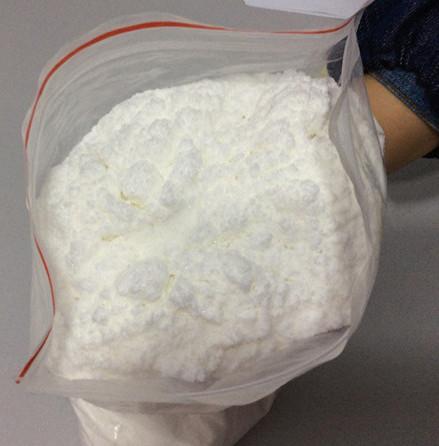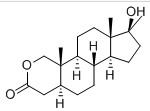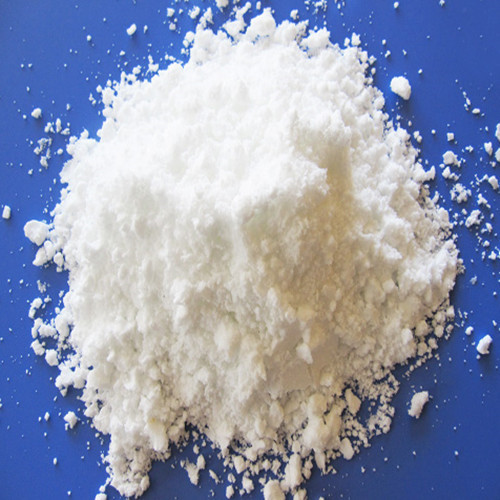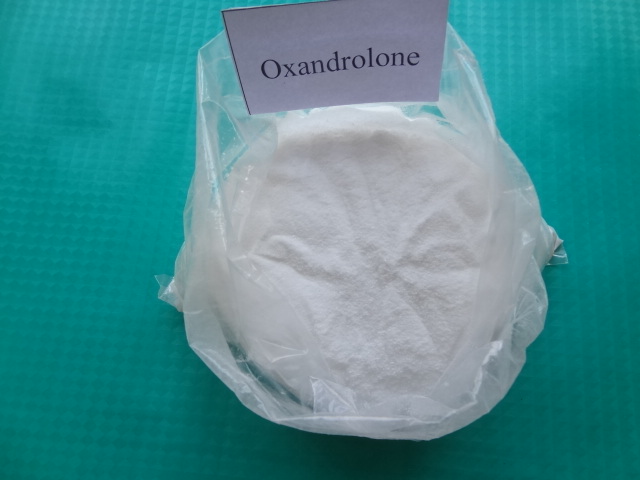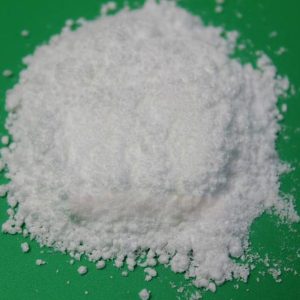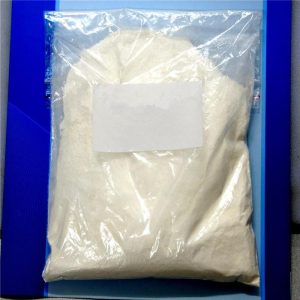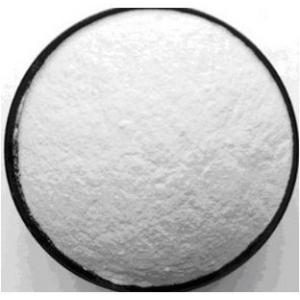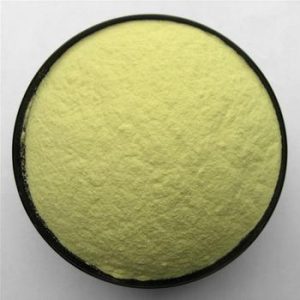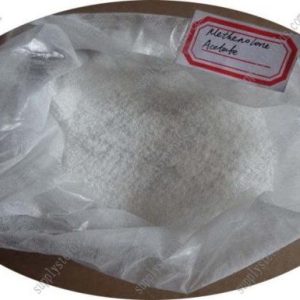Anavar (Oxandrolone) is a dht steroid, its biggest characteristic is that it has no characteristics, a little bit of dimension increase, strength enhancement under long term use, it can enhance the muscle angles but only the morphology change and will not increase a lot of muscle mass, relatively low hepatotoxicity, it will not cause estrogen/progesterone levels to rise, a little bit of androgenic nature, its own testosterone The properties are exactly the same as sarms, and if Gunpowder is a 10 out of 10 steroid, then Anavar (Oxandrolone) and sarms are probably a poor 1 out of 10 or even 0.5 out of 10!
Anavar (Oxandrolone) Dosage
Anavar (Oxandrolone) dosage in male athletes is generally 20-50mg, Anavar (Oxandrolone) is also one of the very few steroids that can be used by females at all, the dosage for female athletes is generally 1/4 of the dosage for males or less, the cycle is generally recommended to be used for 8 weeks or less, it’s a popular steroid in the preparation phase of the game, and there is also a large number of steroids among sarms players, and there is also a large number of steroids among sarms players. There is also a lot of use in sarms players, although the unit price of Anavar (Oxandrolone) is in the first tier of steroids, but relatively speaking, the cost of use is cheaper than sarms, so it is also very popular!
Effective dose: (men) 20-100mgs/day – (women) 2.5-20mgs/day
Half-life: 8-12 hours
Detection time: 3 weeks
Anabolic/androgenic ratio (range): 322-630:24
Bioavailability 97%
Protein binding 94–97%
Metabolism Kidneys (primarily), liver
Elimination half-life Adults: 9.4–10.4 hours
Elderly: 13.3 hours
Excretion Urine: 28% (unchanged)
Feces: 3%
More Introduction: https://en.wikipedia.org/wiki/Oxandrolone
